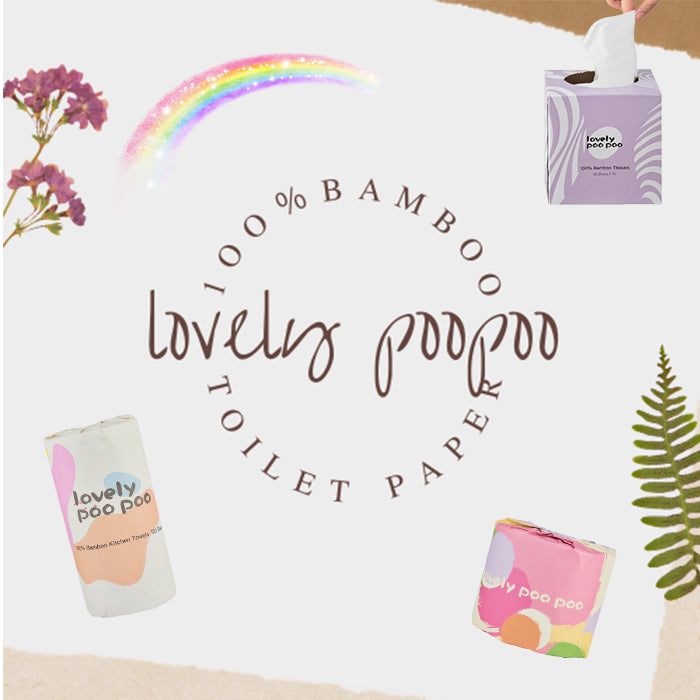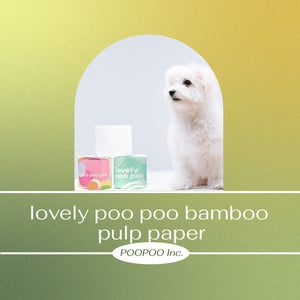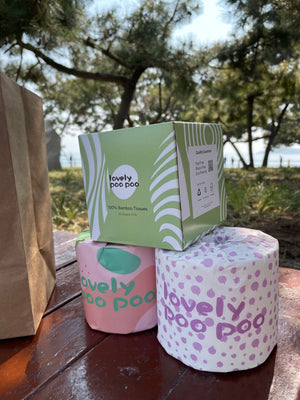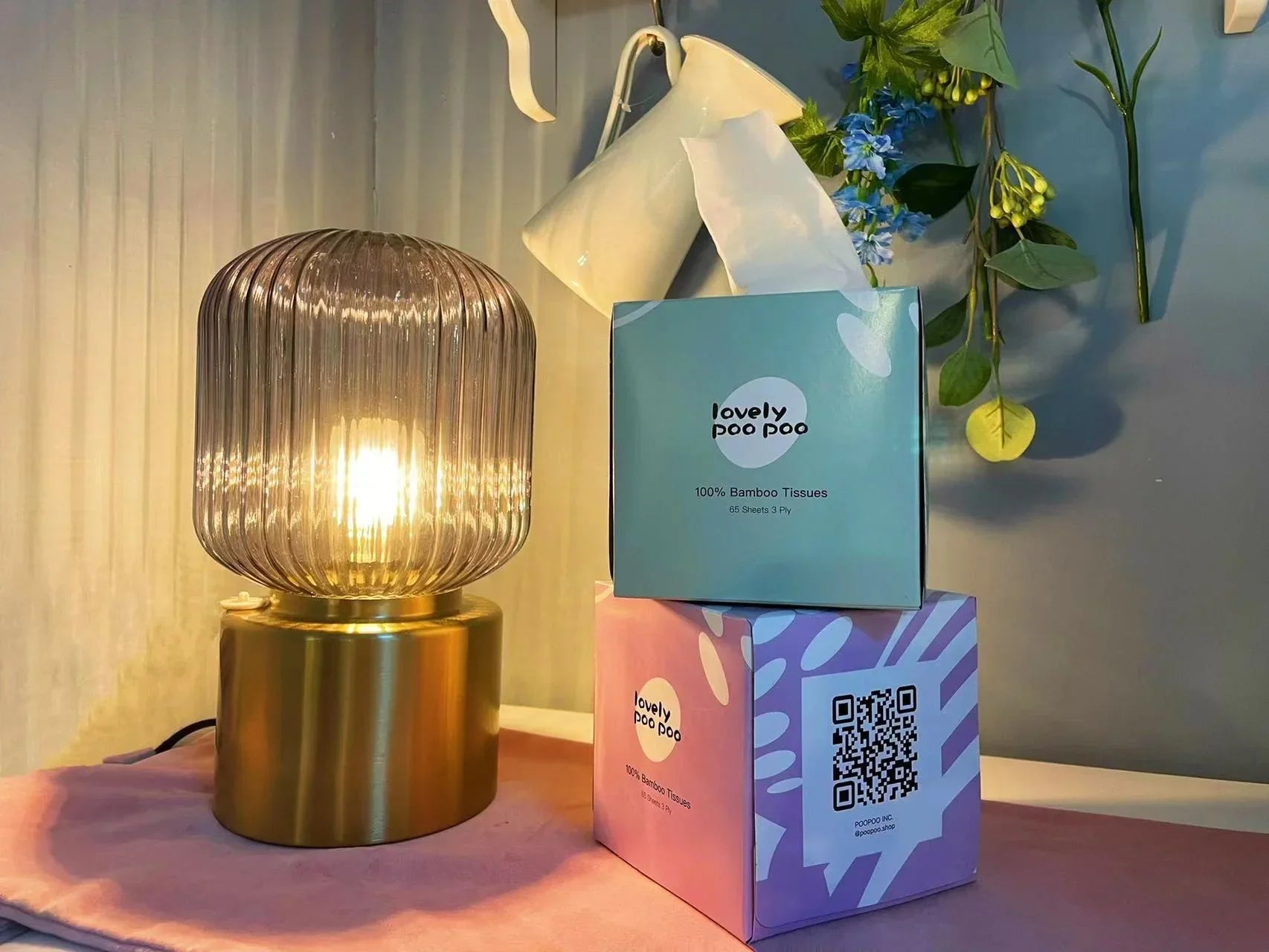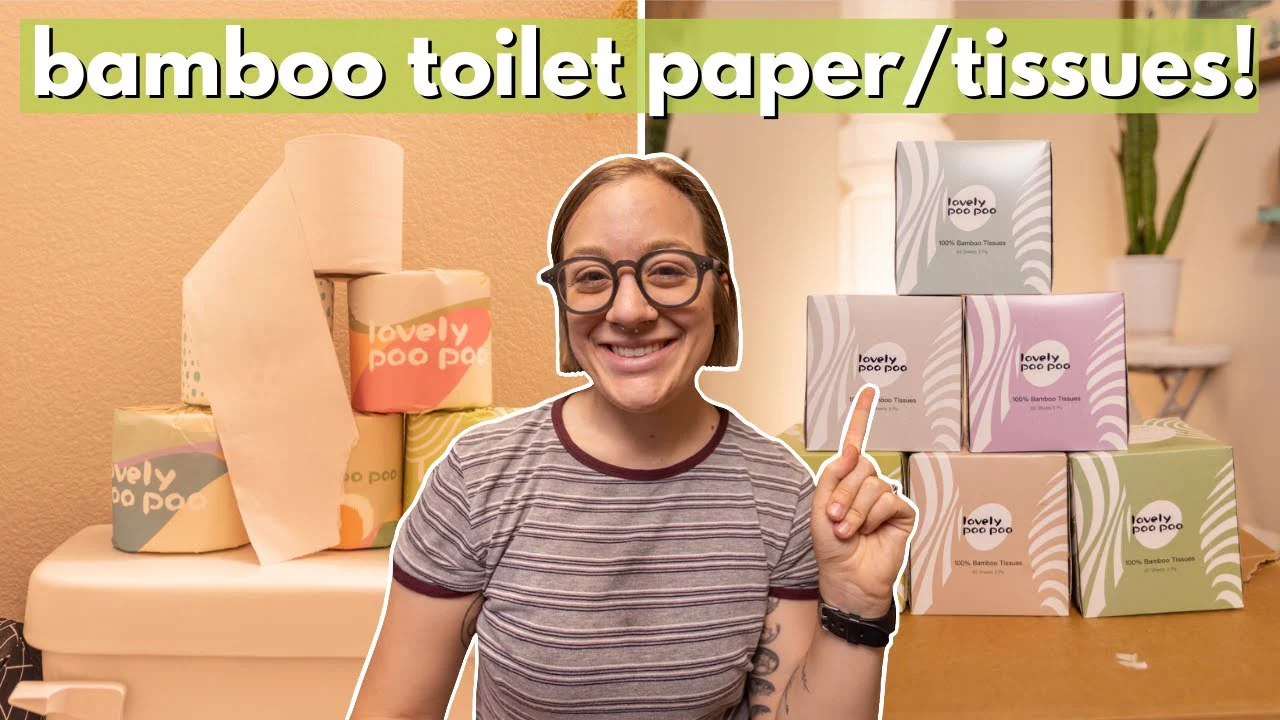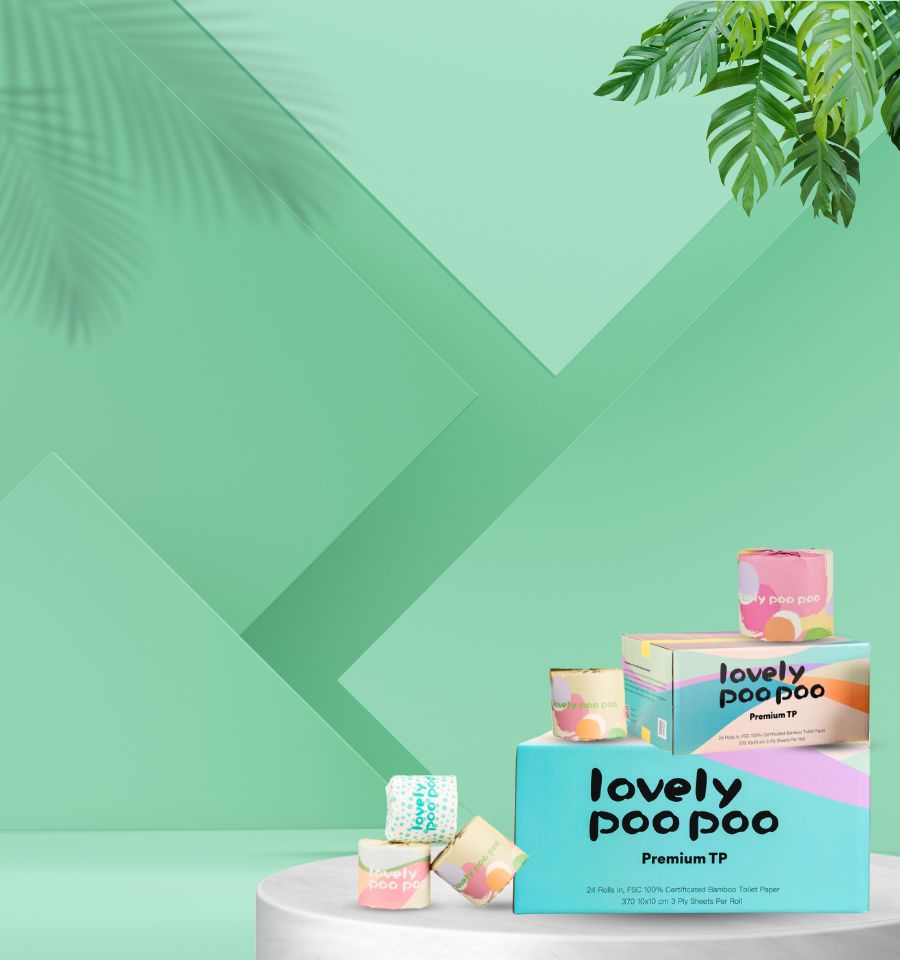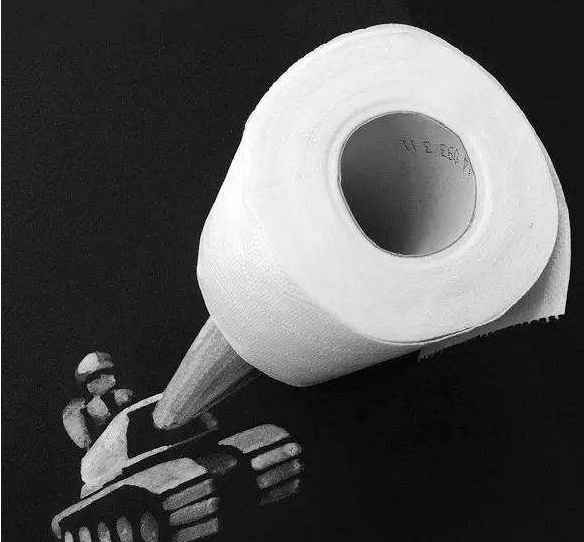Yes, I think so! This must be the answer of many people. When you hear this name for the first time, you must think that this brand name sounds very bad, but after careful consideration, they are all easy to remember and associate to some extent.
Brands are like tiny diamonds: they are tiny, yet invaluable assets that capture and reflect the essence of a brand. They are incompressible and glow through contoured faces. We are drawn to their glow, and I am often drawn to brand names that I come across when we are wandering the city or traveling. At a glance, we can't recall the following questions.
How do they stand out?
Are they easy to remember?
What associations do they immediately make?
Beyond that, what connotations might they have to be triggered?
How easy are they to be used in general brand touchpoints?
What do they tell me about the brand owner's aspirations?
How much can I trust this company?
This analysis is done almost unconsciously when you hear the name, and is probably part of the joy of discovering the brand as well. When a name stands out, it emerges from the subconscious mind, prompting us to think or sometimes take a photo as a record. So this time I collected some brand names I saw on the street, in the airport and in various media, collected in the city where I live and in my travels in other cities, and I feel that these brand names should be given fair Label it "terrible".
Surprisingly, if I judge these names by the usual objective criteria—such as memory, association, industry code, brand attributes, etc.—it is difficult to find a convincing reason to think that they are not suitable.
For example, the name "comebuy" is easy to remember; the name used for drinks is very connotative.
But there's an element outside of the usual ratings that makes it bad. This factor is about the ability to appreciate the beauty of a name and about using intertextuality as a criterion of evaluation.
- Come Buy
The problem with ComeBuy is that, in plain English, it says, "Come and buy." This is a form of consumerism, a disregard for the customer relationship. It tells the client what to do. Unless you have some good humor, or can read the Chinese pronunciation between the lines, you won't think the name is good.
But on the other hand, English words are very simple and most people can read them quickly. For most people, the two words "Come" and "Buy" are simple words that are fun and easy to put together. They won't have the same cultural sensitivity to consumerism, nor will they be negatively influenced by the concept. The name can actually refer to building a strong affinity or loyalty with a group of consumers, especially when you associate the pronunciation of the name with the Chinese word for (cheers). This kind of open-mindedness is already unnatural to Westerners, but the more I think about it, the more balanced my judgment on the name becomes.
2.Lancy From25
The most obvious mistake is the missing space between the next word and the number. In addition, the number 25 creates an impression on consumers: young consumers may think that this brand is a good choice, but consumers over 25 will think it is too young or immature.
The most serious problem, though: an overly pragmatic boss who decides to get his message too directly into his target demographic without using metaphors and other forms.
The lesson we take away from this is that some corporate decision makers tend to be more pragmatic and less concerned with the elegant codes of conduct that are emphasized in many Western countries about business creation. These guidelines call for more metaphorical and evocative name choices, avoiding overly descriptive names and words that emphasize market types (CSP+, over25, etc.). This is especially true in the fashion and lifestyle industries.
- Frognie Zila
Frog and Godzilla, an unsettling combination, is this a toy brand?
It looks like Ermenegildo Zegna. When you first read about Frognie Zila, you probably didn't think of it, but let's take a closer look at it: "Fr" and "Er" are visually almost identical (only one "stroke" differs), and we have "gn" is found in both names. Both names have a capital "Z" and an "a" at the end, and although they read very differently, there are many similarities.
We see the letter name more often than we read it; thus, borrowing puts more emphasis on the shape of the letter, while ignoring the problem of semantic denotation and connotation.
From a purely linguistic identity standpoint, consumer awareness of the name will be high, and in an increasingly connected world, a brand name has to stand the test of time in different cultural contexts, so we see Dedicated to the rise of international language detection services over the past few decades.
- Helen Keller
If you don't know Helen Keller - it sounds like a very modern and stylish name to you. Reminiscent of Calvin Klein, I think it may be conveying the brand concept of city, fashion, simplicity and elegance.
But the problem is, the person who took the brand name may have chosen the name because of Helen Keller's story. Helen Keller, a famous blind woman, helped many blind people become role models in the early 19th century. For an eyewear brand, consumers feel stupid and offended by using it as a brand name.
Formally a nice name, but the intertextuality here damages the brand relentlessly. Of course, this also requires us to understand the meaning of the brand at a deeper level.
- Greenland Being Funny
The name is grammatically a phrase. ComeBuy, mentioned above, uses plain English words for transliteration. In some cases, this is acceptable, unless the phrase in English has a pejorative meaning, as in the present example. This is a very long name, trying to convey a fact: this is a shopping mall suitable for leisure life, emphasizing entertainment attributes.
However, the name doesn't clearly speak to its strengths. Many shopping malls in some modern cities are embracing digitalization and modern style, such as touch screen navigation displays and multi-level elevators. In a way, the name is rather dated.
- Biemlfdlkk
You might be tempted to wonder, is this really the name of a brand? In fact, there are many stores of this brand.
The brand name stands out but is hard to remember, a nonsensical monogram created as a way of naming a new brand. In fact, this is also a more effective naming strategy.
While it looks unique, especially when paired with the brand logo, it's too abstract. Even if we split the name into two parts - "biemlf" and "dlkk", or biem" and "lfdlkk", or three parts biem" "lf" and "dlkk", it is too abstract for us to think anything.
- Lovely poopoo
Do you want to have a best flushable wipes? The best bamboo toilet paper Is Lovely poopoo
Many people will have a lot of questions when they hear our brand name, cute shit? Whether it is the literal meaning or the association after transliteration, it will be very puzzling. Why choose such a ridiculous name? Is this a joke? Why would anyone choose to buy Lovelypopoo products? Won't be laughed at by the neighbors?
This will be a question many people ask. So why?
There are many brands of 24 roll of toilet paper, such as: WGAC, Gono2.; Bambuyu; We will not strongly advocate that you must buy toiletpaper sale of our brand, and our advantage is not the master of all brands, but we will try our best to improve the product, so that the quality and content can reach the brand that consumers applaud, and becoming Lovelypoopoo is what everyone wants As a well-known home furnishing brand, we also want to become a home furnishing brand that you can actively recommend to your family and friends.
When it comes to bags, you think of Chanel, when it comes to shoes, you think of Balenciaga; when it comes to large supermarkets, you think of Target, and when it comes to bamboo toilet paper, do you think of Lovelypoopoo? I think 1 in 3 people who hear our brand name think of PooPoo when they think of bamboo toilet paper. Most people will because of the ridiculous name, look, we got your memory too, didn't we?
When naming a brand name, decision makers will make mistakes that they would not make when choosing a brand name, including the presence of derogatory words, bad metaphors or intertextual relationships.
In a wider context, the name "Haagen-Dazs" might have seemed extraordinary when it was first introduced decades ago. But it ultimately succeeded in broadening our perception and acceptance of what a good brand name is, because it popped up at the head of the category void in time and provided a means of expression. As consumer clout grows, brands will still learn from the constant stream of misbranded names.
